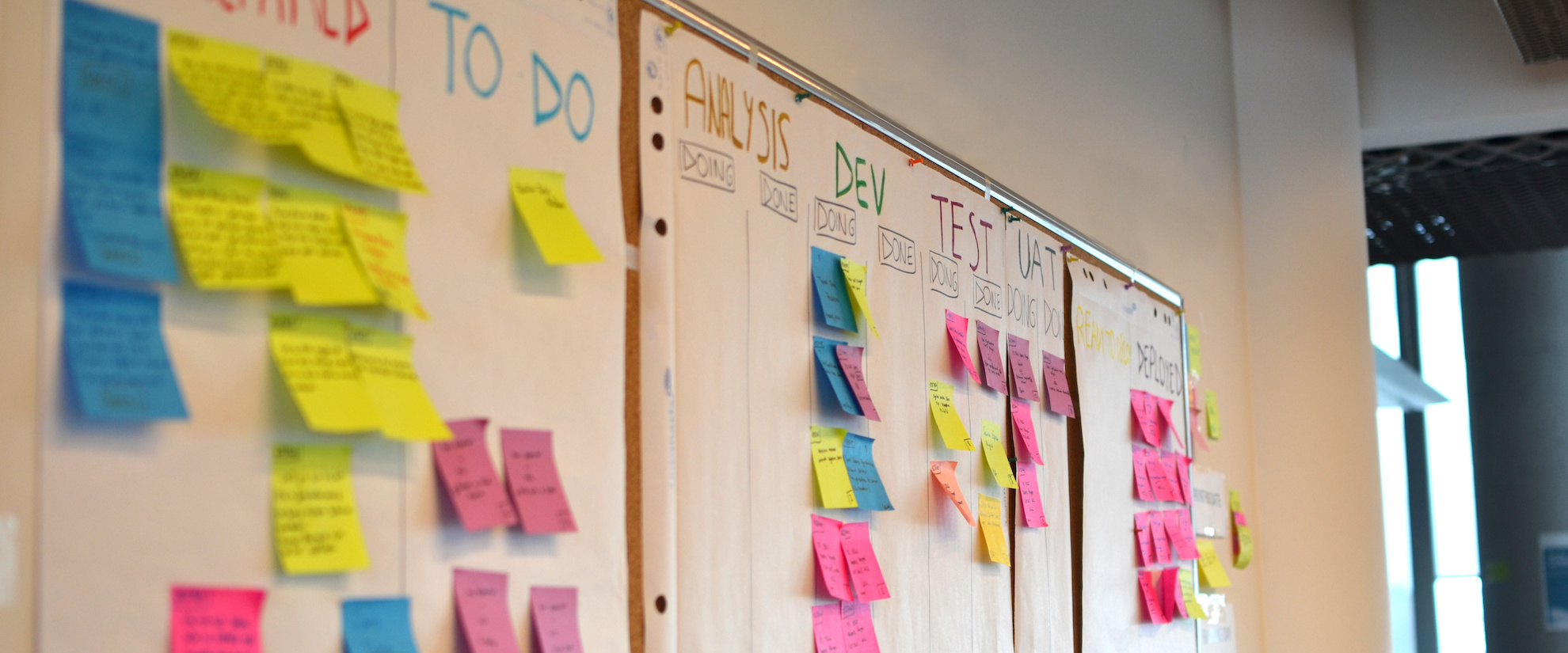Executive Coaching: Creating Respect, Focus, and Continuous Improvement – Part 2
28 May, 2020 | By leslie@leanexpansion.ca

In our last post on executive coaching, we looked at a business that was having supply challenges. Purchases were out of control, yet team members couldn’t get the products required to do their jobs. In this case, DJ, the team leader was spending a lot of time trying to understand reports and could not effectively engage with his own team members, who had ideas about overcoming the problem. The team instead, has grown accustomed to the problems and fail to grasp solutions that could solve problems and increase productivity.
The challenge is a one commonly seen in business consulting–namely, there is no overarching vision or direction to guide decision-making. With no one confident enough to put forth ideas about how to address the situation, the new boss decides to make a change.
DJ [addressing his team at the morning huddle] – Oh, come on. Just one idea. That’s all I need. Anyone? Mike, the new boss, is expecting us to use this new idea board.
Silence
DJ – Ok. Well, if you come up with an idea for the visual board, let me know and I will post it.
Later that morning
Leah – Hey, are you going to the company huddle?
DJ – Ugh. Do I have to? It is such a waste of time.
Leah – Hey, I am not going without you. Every time I am red I feel like I am on the spot like I did something wrong. They should come down and see what we have to juggle each day. Don’t they know how hard it is to keep all these balls in the air?
DJ – I know I am red. Our supplies are out of whack, and we aren’t getting anything done on time. And now I got another set of meetings to go to figure this out. I just don’t know how I will find the time for yet another project. This new boss is probably going to have his own ideas on how this should be solved. I should probably wait to see what he wants to do before I do anything.
Mike – Hello. Good morning everyone. We are going to run our huddle a little bit differently today. A good huddle has 3 important elements
1. Facts are important. I expect you all to be holding regular huddles with your teams before we meet to present information and input from your teams. If you hold a good huddle each shift, you will be ready to speak here. Preparation is not meant to be onerous.
2. Targets will be visible, appropriate to the work we do as a team, and aligned to our overall strategic goals. We will use the KPIs (Key Performance Indicators) to guide the conversation. But what I want to know is what’s happening in your area. Are you getting the support you need? We will start with the reds, so we are sure everyone has what they need to be successful.
3. Attendance and participation are mandatory. I won’t be doing most of the talking. You will. I will, however, hold you accountable for huddling with your team to know what’s working & what isn’t. I expect the ideas from those who do the work. Not something made up on the fly without an understanding of what’s happening.
Okay, getting started. DJ, you are up first.
DJ – Well I am red. I am looking into it. I am not sure the numbers on my report are correct. But I don’t need any help.
What’s your opinion? How did DJ do today? Is it fair to call him out?
Executive Coaching allows organizations to prioritize activities and results that advance overarching goals. In this case, missed delivery because supply issues persist. DJ is defensive about being singled out, but he is simultaneously unable to provide any concrete answers or information about the problem—or support required to correct the situation.
In this case, neither management nor team members are getting exactly what they need from each other. The organization is fragmented, and this is preventing the progress that will allow the company to move forward as a whole.
Executive Coaching with Toronto Business Consultant Leslie Barker
If this scenario looks or sounds familiar, it can be a big problem. Organizations must move collectively to survive and thrive. Without good processes and information, team members can be left floundering. They will potentially expend time and resources on ideas that ultimately do not benefit the organization—or solve immediate problems.
In part 3 of our blog, we’ll look at how Mike leverages the principles of executive coaching to support DJ and initiate a meaningful conversation that carries the team forward.


